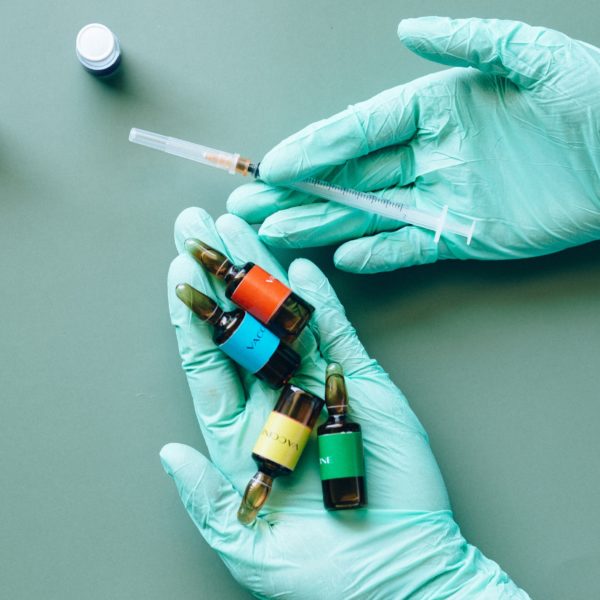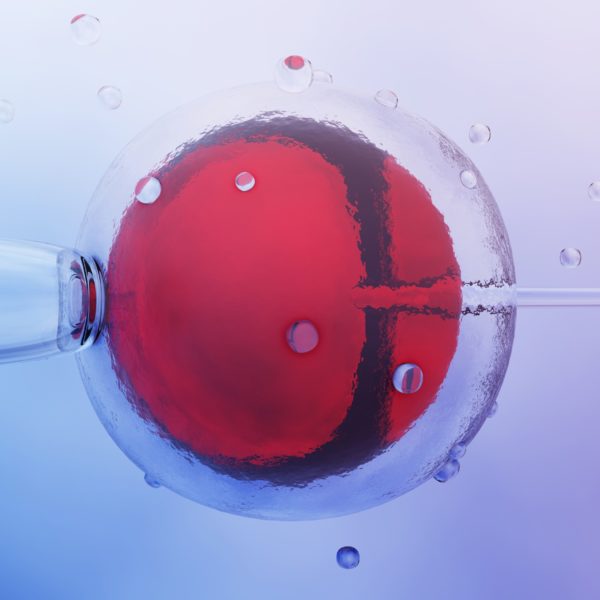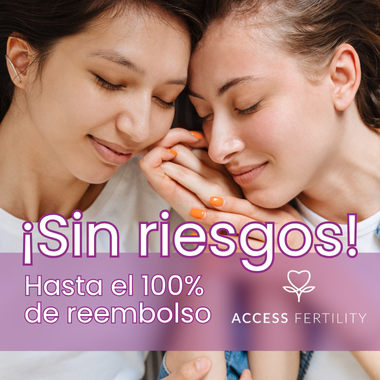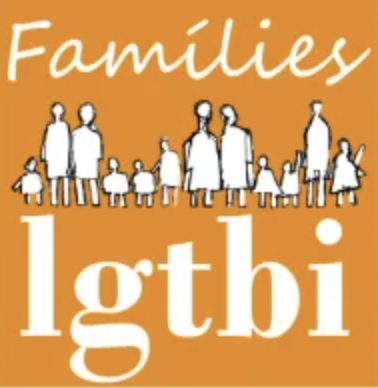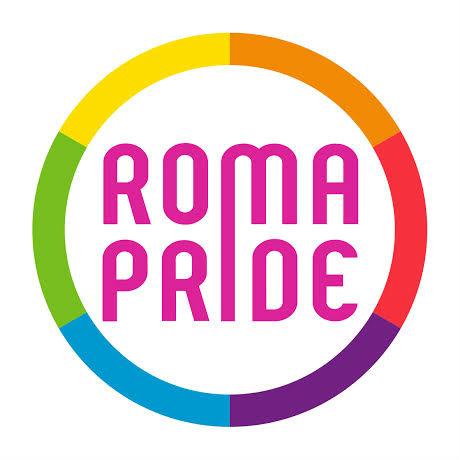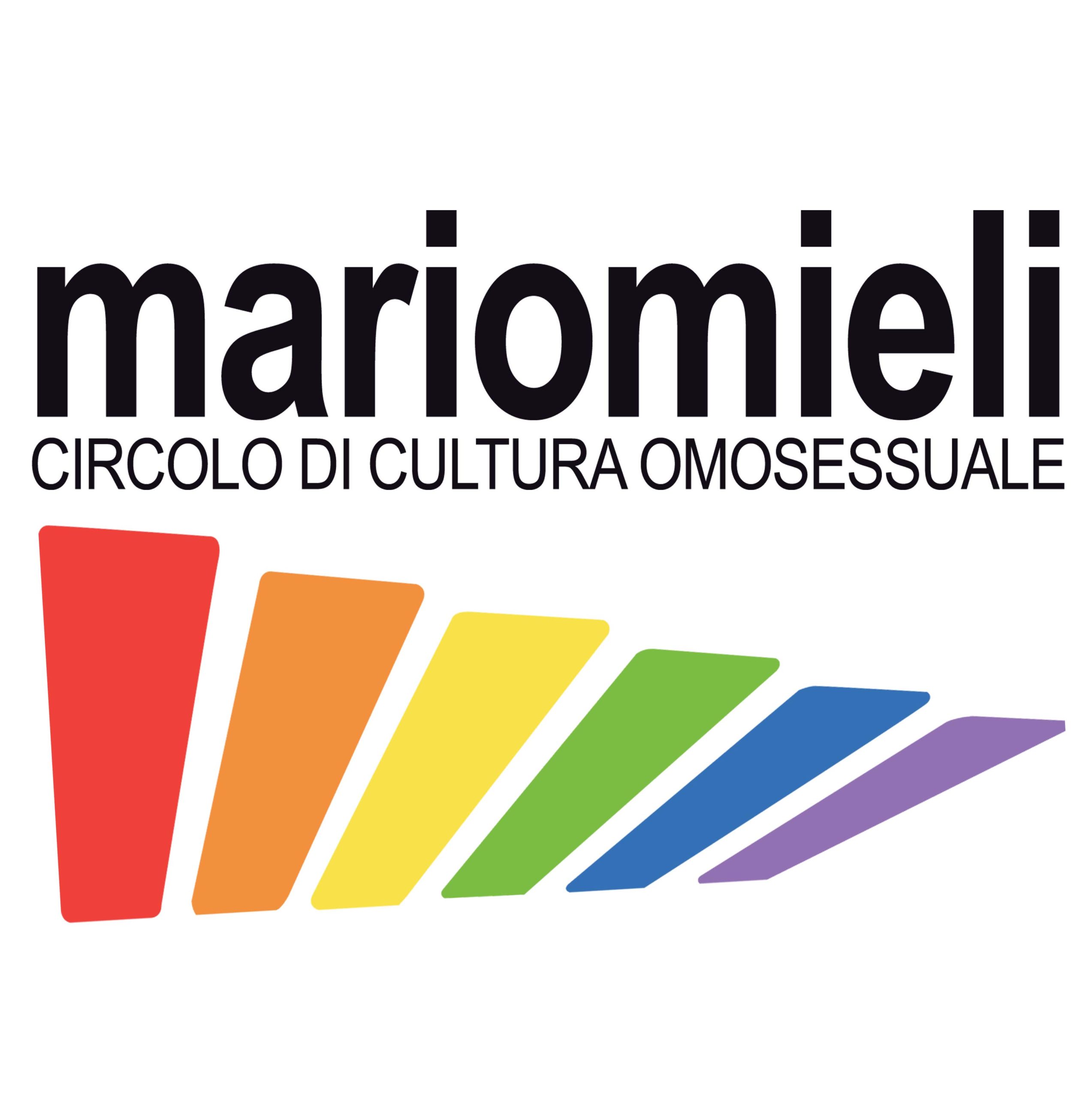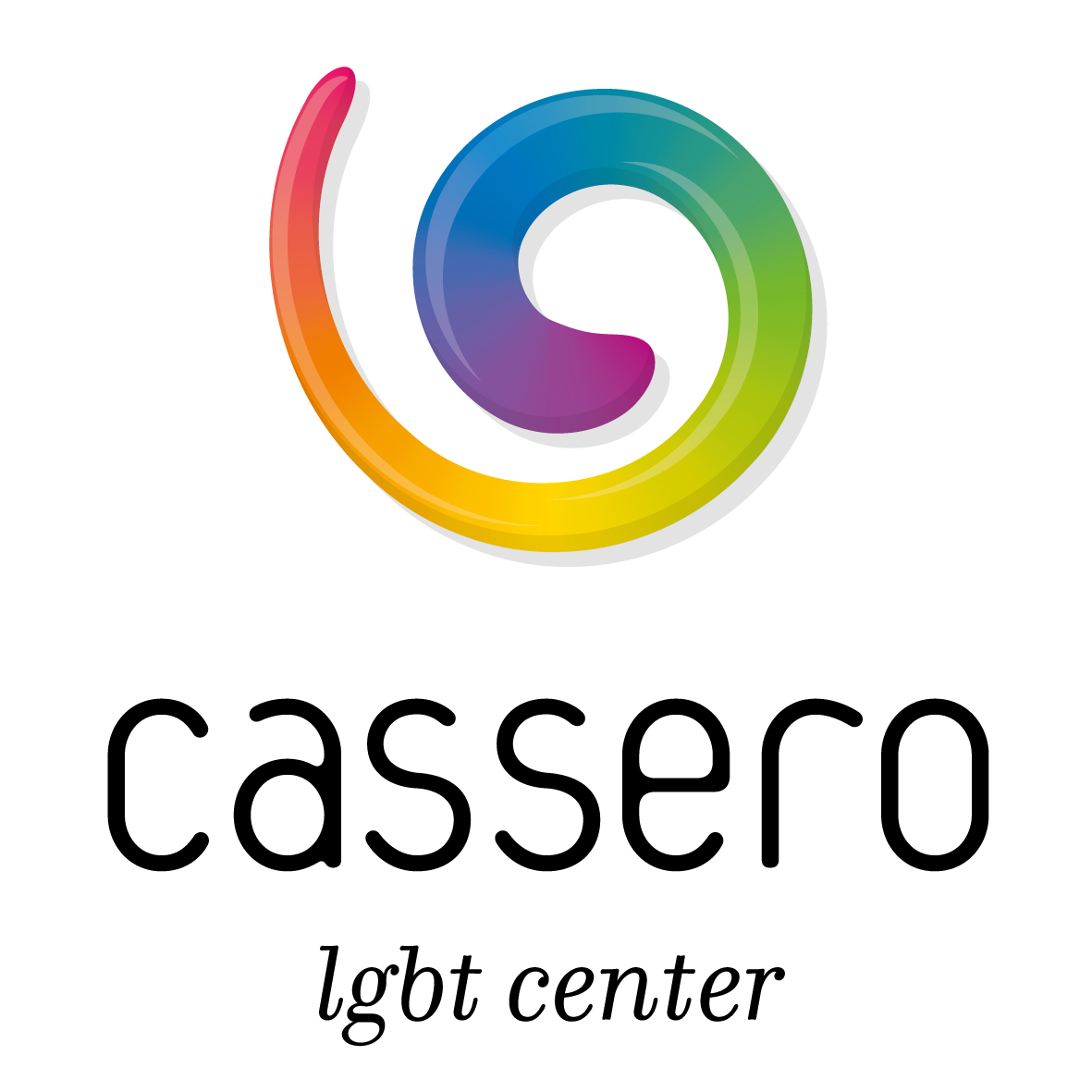Social Vitrification for Trans and LGBTIQ+ People
Table of contents
Social Vitrification: Egg Freezing as a Tool for Trans and LGBTIQ+ People
Social vitrification, better known as egg freezing, has become a key option for people who want to preserve their fertility.
This technique is not only for those who want to delay parenthood. It also helps people from the LGBTIQ+ community and trans people. These people, for different reasons, may need to save their gametes for the future. In this article, we explore how social vitrification is transforming the reproductive lives of these groups and why it is an increasingly popular option.
What is social vitrification or egg freezing?
Social vitrification is a medical process. In this process, a woman’s eggs are extracted and frozen.
This is done for later use. This process helps to preserve the person’s fertility. It is useful for those who, for personal or work reasons, do not want to or cannot get pregnant now.
Unlike egg freezing for medical reasons, social vitrification is different. This option is for those who want to wait to become mothers. The reasons may be career, studies, personal situation or life decisions.
However, this procedure is important for trans and LGBTIQ+ people. It helps them take care of their fertility. This is useful when they don’t feel ready to have children. But they do like the idea of being parents in the future.
Social vitrification and trans people
Trans people, especially those who have started hormone treatment for gender transition, may experience side effects that affect their fertility. Trans men are born with female reproductive organs. They identify as men. Hormone treatment with testosterone can affect the quality and quantity of eggs. This can cause fertility to decrease or even be lost over time.
For this reason, many trans men who want to preserve their reproductive capacity before starting the transition opt for egg vitrification as a preventive measure. Egg freezing gives them the option of becoming biological parents in the future. This can happen after they complete their transition and feel ready to start a family.
The process for a trans man involves egg retrieval, which is done before starting testosterone treatment. It is essential that this procedure is done while the ovaries are still active and have not been modified by hormone therapy, as testosterone treatment can affect ovarian reserve.
What advantages does social vitrification offer to trans people?
- Preservation of fertility: For trans men, egg vitrification helps to preserve their fertility. This is important before hormone treatment affects the ovaries.
- Reproductive flexibility: It allows them to be biological parents without having to reverse the effects of testosterone. It also avoids complex treatments later on.
- Less emotional stress: Knowing that they can have biological children in the future reduces anxiety about fertility. This gives them more control over their transition process.
Social vitrification and the LGBTIQ+ community
Within the LGBTIQ+ community, social vitrification also plays a fundamental role in family creation.
Lesbian couples can use this technique to freeze eggs. This is useful if one wants to be a biological mother. The other may not feel ready to do so at that time.
In this sense, egg vitrification is a tool for family planning. It offers more flexibility to people who do not want to have children now, but who want to keep that option open for the future.
In addition, male homosexual couples cannot have a biological child naturally. This is because they are both men. However, they can use egg vitrification from a donor.
In this case, in vitro fertilisation (IVF) is used. Here, the vitrified eggs are fertilised with the sperm of one or both partners. Freezing donor eggs gives male homosexual couples the opportunity to become biological parents. This is possible without the biological mother participating in the pregnancy.
Benefits for the LGBTIQ+ community
- Access to biological parenthood: Egg vitrification helps LGBTIQ+ people have biological children. This is achieved through assisted reproduction techniques. Thus, they have an option different from traditional methods of conception.
- Family planning options: Egg freezing allows LGBTIQ+ couples to plan for parenthood at their own pace. This way, they know they have options when they are ready to start a family.
- Diversity of reproductive options: Egg vitrification offers many possibilities. This includes donor selection and surrogacy. There are also other legal options for reproduction.
Legal considerations and challenges for trans people and the LGBTIQ+ community
Although egg vitrification has great benefits for trans people and the LGBTIQ+ community, several factors must be considered. This is especially important in terms of access and legislation.
In some countries, reproductive health laws and policies are not inclusive. They do not always recognise the reproductive rights of trans people and the LGBTIQ+ community. This can create barriers to accessing fertility treatments, both in economic and legal terms.
Challenges for trans people:
- Access to inclusive healthcare services: Some clinics do not have the experience or resources to treat trans patients. This can make it more difficult to access procedures such as egg vitrification.
- High costs: Social vitrification and assisted reproduction treatments are often expensive, which can be a barrier for some trans and LGBTIQ+ people.
- Emotional and psychological challenges: The transition process and fertility preservation can be emotionally complex. Trans people may face difficulties accessing psychological support or therapy to help them navigate this process.
The importance of information and professional support
It is crucial that trans and LGBTIQ+ people receive specialised, inclusive and empathetic care throughout the social vitrification process. Having professionals who understand their needs and who offer appropriate legal and psychological advice can make all the difference. Fertility clinics must be committed to inclusion and diversity. In this way, each patient will feel respected and supported at every step of the treatment.
Social vitrification, an inclusive option for everyone
Social vitrification is an important tool. It has changed how trans and LGBTIQ+ people view fertility and reproduction.
This technique helps people maintain their fertility. So, they can wait longer to become parents. It also provides new opportunities to become biological parents.
As society becomes more accepting of the reproductive rights of trans and LGBTIQ+ people, egg vitrification is becoming more important. This option helps more people fulfil their dream of starting a family.
Would you like to speak to one of our professionals specialising in Assisted Reproduction?
Schedule a consultation with us at Rainbow Fertility and find out how we can help you.
Do you have any questions or need more information?
Schedule a consultation with us at Rainbow Fertility and find out how we can help you. At Rainbow Fertility we specialise in treatments such as egg donation, in vitro fertilisation and artificial insemination, among others.
Feel free to contact our professionals at our fertility clinic and they will answer all your questions with no obligation.



